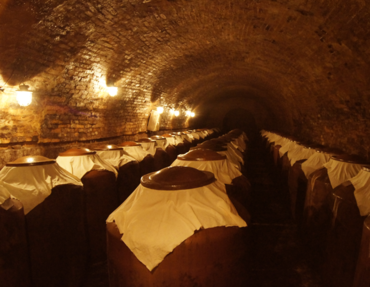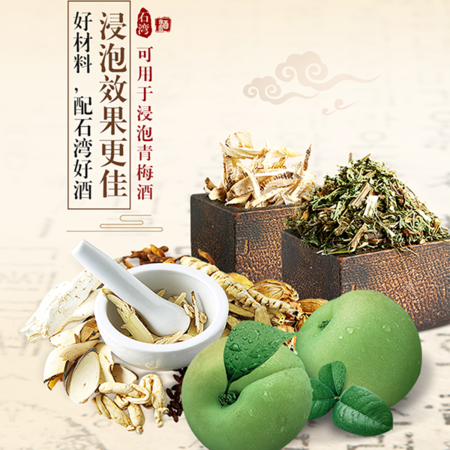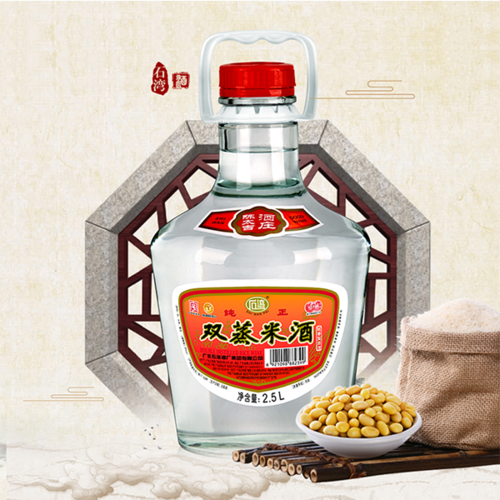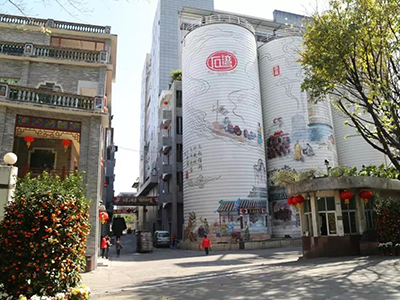Alcohol Distillation Process
The alcohol distillation process is a fascinating and intricate method used to increase the alcohol content in beverages and other products. This process involves the separation of alcohol from a mixture, typically a fermented liquid, through the application of heat and subsequent condensation. The following sections will delve into the history, principles, methods, and equipment involved in the alcohol distillation process.
Distillation has a rich history intertwined with alchemy and early scientific endeavors. The earliest method, known as alembic or pot distillation, was developed by ancient alchemists. This method involves heating a fermented liquid, or "wash," in a kettle-shaped vessel, allowing the alcohol to evaporate and then condense into a separate container. Over time, distillation techniques have evolved, but the fundamental principles remain the same.
The core principle of the alcohol distillation process is based on the differing boiling points of alcohol and water. Ethanol, the primary alcohol in beverages, has a boiling point of 173°F (78.2°C), while water boils at 212°F (100°C). By heating the mixture to a temperature between these two points, the alcohol evaporates, leaving most of the water behind. The alcohol vapors are then collected and condensed back into liquid form.
The distillation cycle can be divided into several key stages:
Fores: The initial vapors, which may contain undesirable compounds like methanol, are collected and discarded.
Heads: These contain volatile compounds that evaporate early in the process but are often separated due to their potential off-flavors.
Hearts: The most desirable part of the distillation, contains the highest quality ethanol.
Tails: The final part of the distillation, containing higher boiling point compounds and often recycled for further distillation.
There are two primary methods of distillation: pot distillation and column distillation.
Pot distillation, the oldest method, involves heating the wash in a pot still. The alcohol evaporates and travels through a cooling tube, condensing back into liquid form. This method is often used for producing spirits like whiskey and rum, where the retention of certain congeners (flavor compounds) is desirable.
Column distillation, also known as continuous distillation, uses a column still to separate alcohol from the wash. The column is filled with trays or packing materials that increase the surface area for condensation. As the wash is heated, alcohol vapors rise through the column, condensing and re-evaporating multiple times, leading to a higher-purity product. This method is commonly used for producing vodka and gin.
The alcohol distillation process requires specific equipment to ensure efficiency and safety:
Still: The primary vessel where the wash is heated. Pot stills and column stills are the most common types.
Condenser: A device that cools the alcohol vapors, causing them to condense back into liquid form.
Heat Source: Typically a burner or electric heater is used to heat the wash.
Thermometer: Essential for monitoring the temperature to ensure proper separation of alcohol.
Collection Vessel: Where the distilled alcohol is collected.
Distillation involves several safety risks, primarily due to the flammability of alcohol vapors and the high temperatures involved. Proper ventilation, temperature control, and the use of non-flammable materials are crucial to prevent accidents. Additionally, distillers must be cautious of methanol, a toxic byproduct that can form during distillation. Methanol has a lower boiling point than ethanol and must be carefully separated and discarded.
Beyond alcoholic beverages, the alcohol distillation process has numerous applications:
Fuel Production: Ethanol is used as a renewable fuel source, often blended with gasoline.
Pharmaceuticals: Ethanol is a key solvent in the production of medicines and other health products.
Perfumes and Flavorings: Distillation is used to extract and concentrate essential oils and flavors.
The alcohol distillation process is a vital technique in both traditional and modern industries. By leveraging the different boiling points of alcohol and water, distillers can produce high-quality spirits, fuels, and other products. Understanding the principles, methods, and equipment involved in distillation is essential for anyone interested in the science and art of this age-old process. Whether for crafting fine whiskey or producing renewable energy, the distillation process continues to be a cornerstone of innovation and tradition.
Historical Background
Distillation has a rich history intertwined with alchemy and early scientific endeavors. The earliest method, known as alembic or pot distillation, was developed by ancient alchemists. This method involves heating a fermented liquid, or "wash," in a kettle-shaped vessel, allowing the alcohol to evaporate and then condense into a separate container. Over time, distillation techniques have evolved, but the fundamental principles remain the same.
Principles of Alcohol Distillation
The core principle of the alcohol distillation process is based on the differing boiling points of alcohol and water. Ethanol, the primary alcohol in beverages, has a boiling point of 173°F (78.2°C), while water boils at 212°F (100°C). By heating the mixture to a temperature between these two points, the alcohol evaporates, leaving most of the water behind. The alcohol vapors are then collected and condensed back into liquid form.
The Distillation Cycle
The distillation cycle can be divided into several key stages:
Fores: The initial vapors, which may contain undesirable compounds like methanol, are collected and discarded.
Heads: These contain volatile compounds that evaporate early in the process but are often separated due to their potential off-flavors.
Hearts: The most desirable part of the distillation, contains the highest quality ethanol.
Tails: The final part of the distillation, containing higher boiling point compounds and often recycled for further distillation.
Methods of Distillation
There are two primary methods of distillation: pot distillation and column distillation.
Pot Distillation
Pot distillation, the oldest method, involves heating the wash in a pot still. The alcohol evaporates and travels through a cooling tube, condensing back into liquid form. This method is often used for producing spirits like whiskey and rum, where the retention of certain congeners (flavor compounds) is desirable.
Column Distillation
Column distillation, also known as continuous distillation, uses a column still to separate alcohol from the wash. The column is filled with trays or packing materials that increase the surface area for condensation. As the wash is heated, alcohol vapors rise through the column, condensing and re-evaporating multiple times, leading to a higher-purity product. This method is commonly used for producing vodka and gin.
Equipment Used in Distillation
The alcohol distillation process requires specific equipment to ensure efficiency and safety:
Still: The primary vessel where the wash is heated. Pot stills and column stills are the most common types.
Condenser: A device that cools the alcohol vapors, causing them to condense back into liquid form.
Heat Source: Typically a burner or electric heater is used to heat the wash.
Thermometer: Essential for monitoring the temperature to ensure proper separation of alcohol.
Collection Vessel: Where the distilled alcohol is collected.
Safety Considerations
Distillation involves several safety risks, primarily due to the flammability of alcohol vapors and the high temperatures involved. Proper ventilation, temperature control, and the use of non-flammable materials are crucial to prevent accidents. Additionally, distillers must be cautious of methanol, a toxic byproduct that can form during distillation. Methanol has a lower boiling point than ethanol and must be carefully separated and discarded.
Applications of Distillation
Beyond alcoholic beverages, the alcohol distillation process has numerous applications:
Fuel Production: Ethanol is used as a renewable fuel source, often blended with gasoline.
Pharmaceuticals: Ethanol is a key solvent in the production of medicines and other health products.
Perfumes and Flavorings: Distillation is used to extract and concentrate essential oils and flavors.
Conclusion
The alcohol distillation process is a vital technique in both traditional and modern industries. By leveraging the different boiling points of alcohol and water, distillers can produce high-quality spirits, fuels, and other products. Understanding the principles, methods, and equipment involved in distillation is essential for anyone interested in the science and art of this age-old process. Whether for crafting fine whiskey or producing renewable energy, the distillation process continues to be a cornerstone of innovation and tradition.







